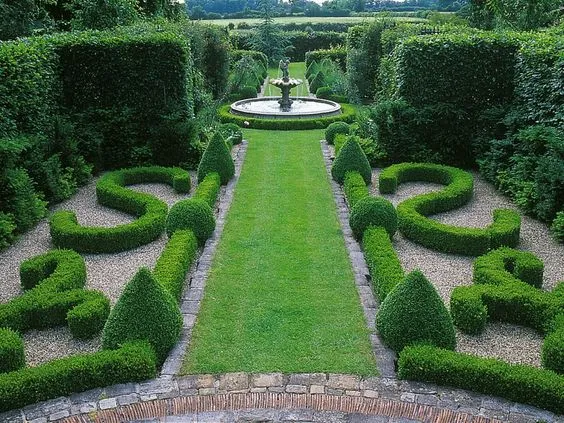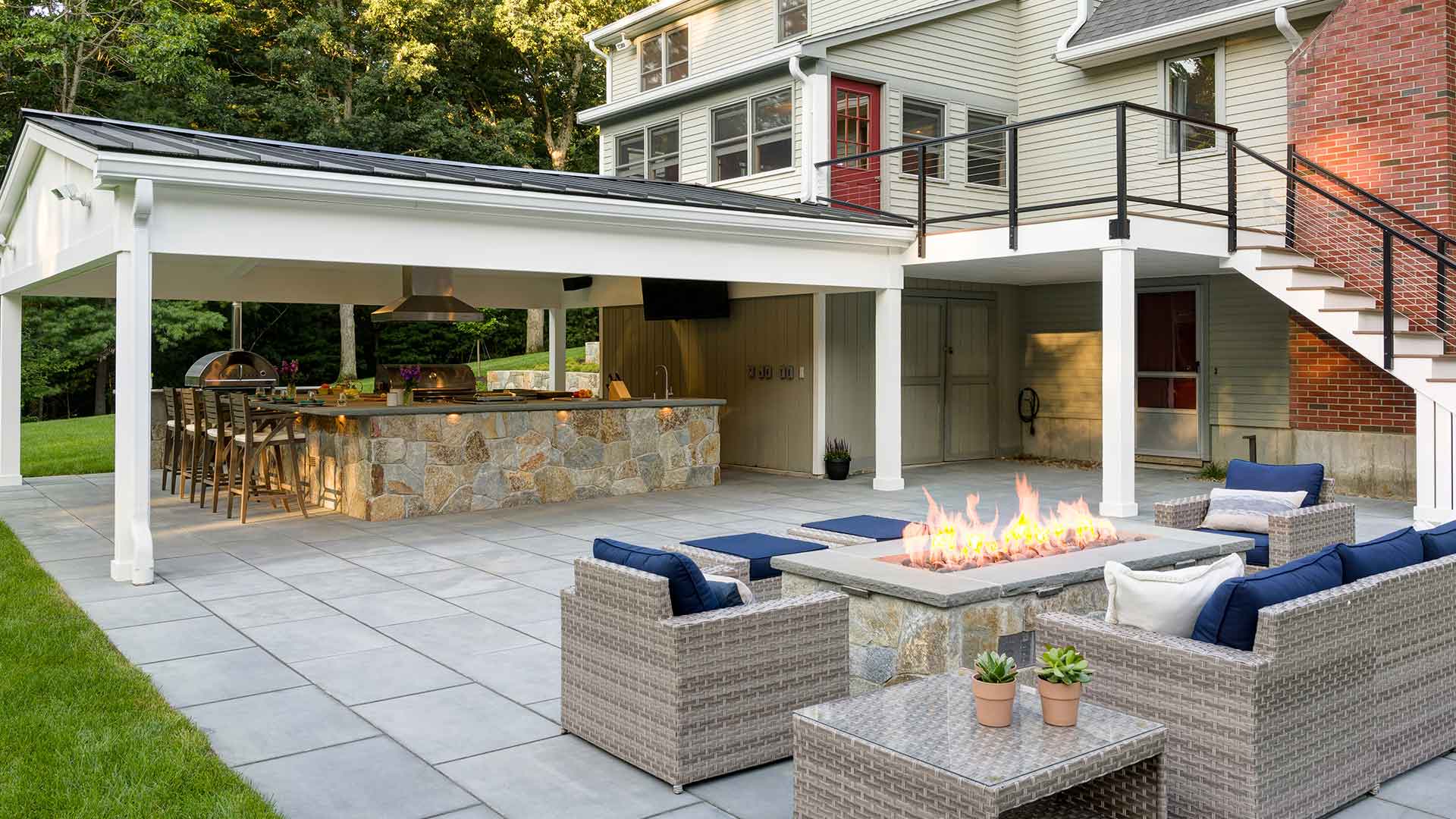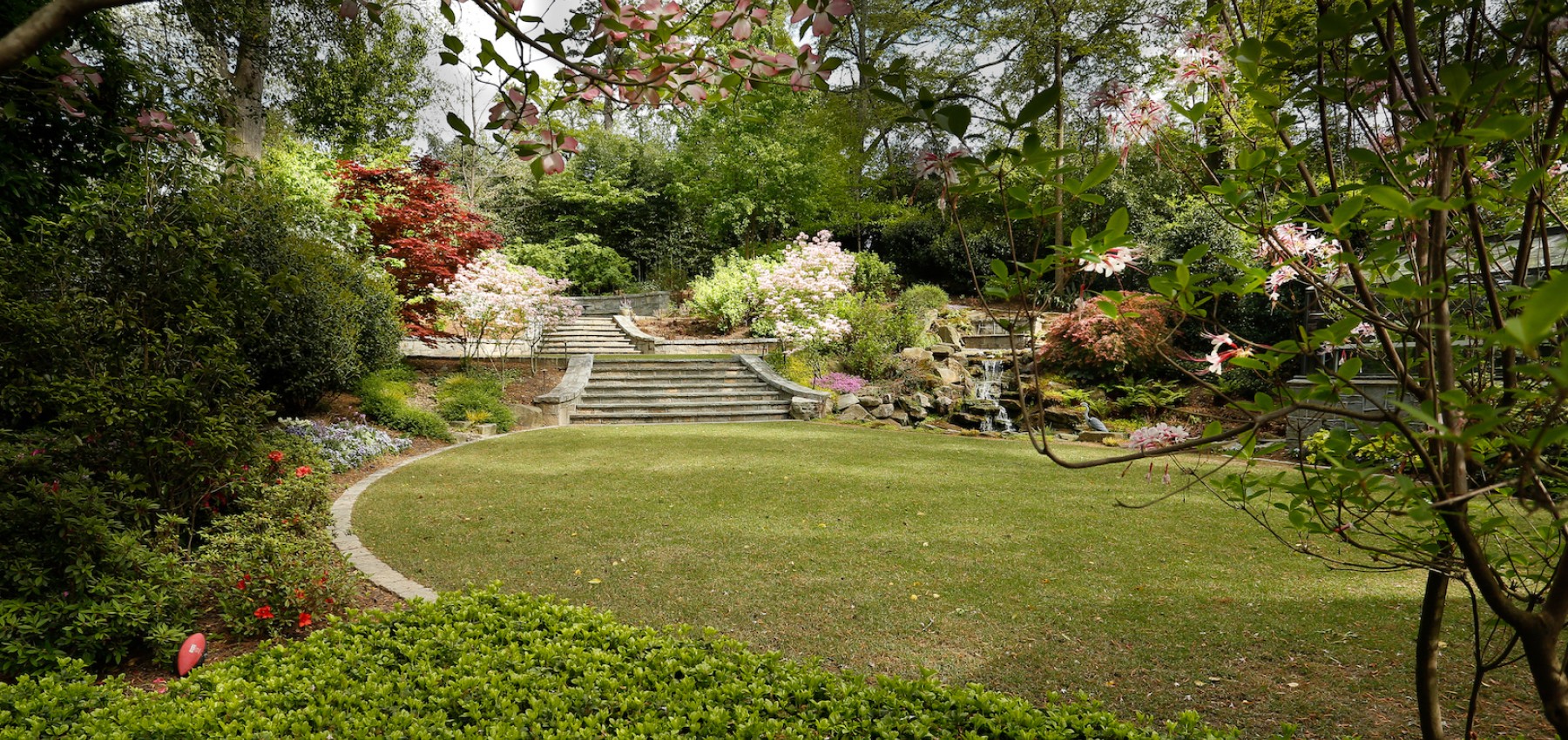Indicators on Landscapers You Should Know
Indicators on Landscapers You Should Know
Blog Article
More About Landscapers
Table of ContentsAll About LandscapersEverything about LandscapersWhat Does Landscapers Mean?About LandscapersLandscapers - Truths
In the PNW there are semi-deciduous or semi-evergreen plants that might lose their leaves depending on exactly how chilly the winter is. - A flat event area, made of wood or composite product (made to look like timber), usually nearby or connected to a structure.

This is a natural procedure, and the outcome can be made use of for paths and outdoor patios. - Secret landscape functions being suggested in a landscape design plan.
A Biased View of Landscapers
These objectives direct the design procedure, not the developer's style or choices. Usual design purposes in Portland are reduced maintenance, dry spell forgiving, and pet friendly.
Over time this layer can get extremely thick and make it hard for water, sunlight, and nutrients to obtain to parts of the grass.- The process of collecting and controlling the circulation of water on a home. This can be made with grading, French drains pipes, completely dry wells, permeable surface areas, sump pump, rain gardens, and more.
Feature at the base of hills, with all-natural springtimes, or loaded with heavy clay have one of the most drainage troubles.- A slow-moving feeding irrigation system that uses adaptable tubing and emitters to send out an exact amount of water to every plant. This is the most reliable approach of irrigating plants. - The ability of a plant to make it through without much summer water.
- A yard attribute where water is stood for by an accumulated rock product, generally a crushed rock or granite. These are most commonly found in modern-day and Japanese garden style.- A rock or natural flagstone outdoor patio, path, or pathway built without a concrete base. The base would certainly be compacted gravel and the joints would be an aggregate or walkable ground cover.
8 Simple Techniques For Landscapers
- A stone maintaining or cost-free standing wall developed without the use of mortar. - An underground structure that accumulate water and enables it to slow down percolate right into the dirt around it.
Landscape layout that works with a sites' setting in both look and sustainability without negative influences to the atmosphere. Interrupting the landscape is a line of demarcation that develops aesthetic interest in the yard by dividing one sector from an additional segment. This can be visual or functional, maintaining one aspect (such as pea crushed rock) from obtaining mixed into another (like bark dust).
Locations can additionally have a feeling of "unit" provided by trees, various other growings, fences, or screens. The landscape near the entry to a structure.
A plant that is not indigenous to the place where it will be grown. Thicker bladed turf lawn that spread out via rhizomes.: The degree of dirt on your residential property prior to bark dirt or compost anonymous is spread.
More About Landscapers

The function, factor, or action that an area is be landscaped for. Staircases function, for instance, to allow foot website traffic backwards and forwards a slope. Space for expanding plants for checking out, eating, or exercise. A roofed check here structure used over an outdoor celebration room. The growing of a seed, probably referring to a yard that is being expanded from seed.
Rock item, either rounded or fractured, that is relatively tiny- generally 1" or much less. Low plants that are allowed or motivated to top an area. Can refer to any kind of "hard" yard aspects including statuary or boulders however most commonly is made use of to describe paths, patios, and walls.: Elevation distinction between the level of water in a fish pond (or the level of the pump if it sits outside the fish pond) and the top electrical outlet of water which impacts performance of the water pump in gph (gallons per hour). Dense bushes or trees that create a fencing, display, or limit.

Some Known Factual Statements About Landscapers
Traditional PNW landscapes are informal. A plant that spreads out more than desired, or into environments where it does damage.
Smart irrigation controller reviews and suggestions below. 2-D making of the proposed irrigation system. Can consist of head positionings and coverage, pipeline sizing, GPM specifications, and products required to mount this system. A watering plan is generally unneeded for great site houses but is typical for business tasks. Accredited professional that designs landscapes, schooled in engineering and architecture in addition to in gardening.
The specialist that plans and develops landscape jobs, usually at a residential or small commercial level with the major layout motivation on growings. Landscape developers normally have less education than Landscape Architects and are not certified. A finished landscape design, detailing all aspects for the brand-new landscape. This generally takes the kind of a drawing on paper.
A water limited HDPE product utilized underneath fish ponds, streams and waterfalls in water attributes. Utilizing many growings of the exact same variety to fill up in an area in the landscape.
Report this page